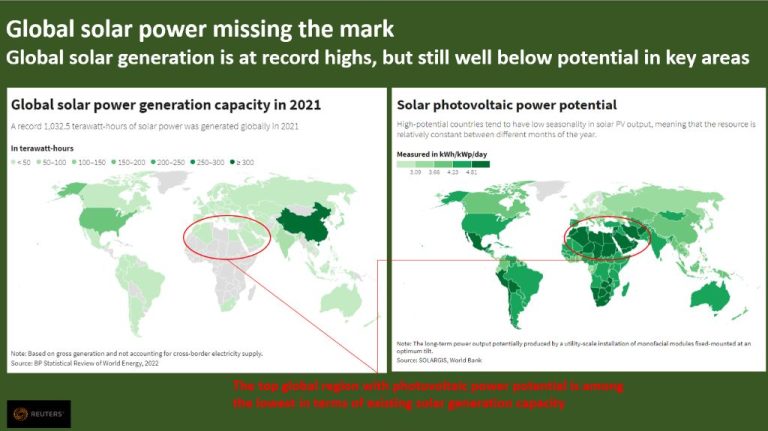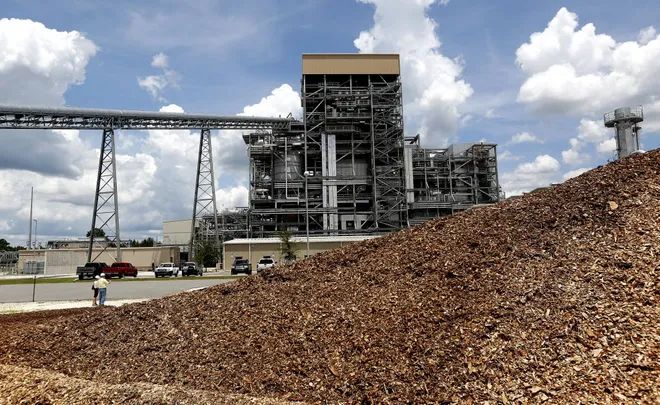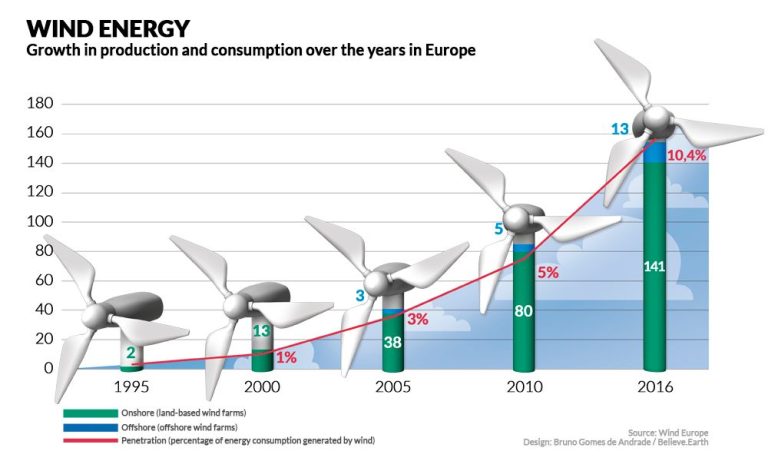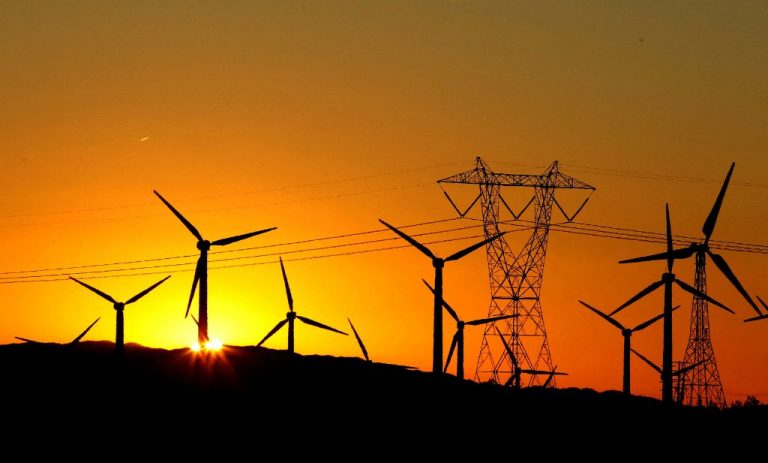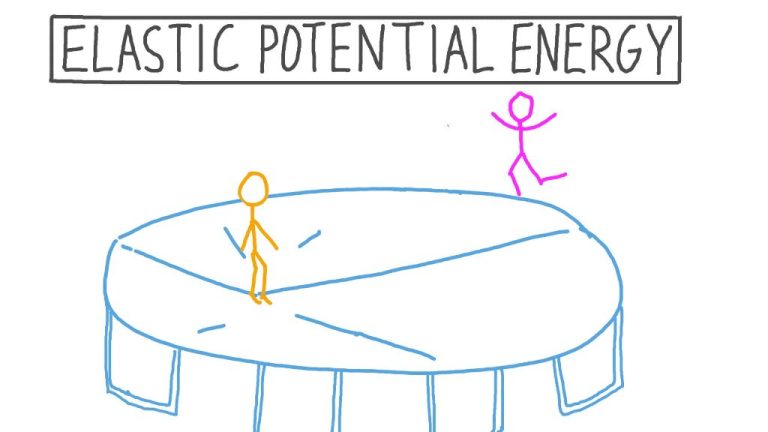What Is The Difference Between The Normal Greenhouse Effect And The Enhanced Greenhouse Effect?
The greenhouse effect is the process by which gases in Earth’s atmosphere trap some of the sun’s heat. Some greenhouse gases occur naturally and make life possible on Earth by keeping the planet warm. However, human activities are increasing greenhouse gases like carbon dioxide, methane, and nitrous oxide. This traps more heat and causes the average temperature of the planet to rise over time, known as global warming or climate change.
The greenhouse effect is important because it makes Earth livable by keeping temperatures comfortable. However, too many greenhouse gases lead to rapid climate change, which can severely disrupt weather patterns, ecosystems, food production, coastal cities, and much more. Understanding the difference between the natural and enhanced greenhouse effects is key to climate science and mitigating human-caused global warming.
The Normal Greenhouse Effect
The normal greenhouse effect is a natural phenomenon caused by greenhouse gases like carbon dioxide (CO2) and methane (CH4). Greenhouse gases in the atmosphere allow sunlight to pass through but trap some of the infrared heat radiated off the Earth’s surface. This natural greenhouse effect warms the planet and maintains an average global temperature of around 15°C, which is ideal to support life.
Without the normal greenhouse effect, Earth’s average temperature would be about -18°C, making the planet too cold to sustain liquid water or life. The greenhouse gases that occur naturally, like water vapor, CO2, and methane, provide the right balance to give Earth a habitable climate. This natural greenhouse effect has existed since Earth formed and enables the planet to be warmed to comfortable temperatures.
The Enhanced Greenhouse Effect
The enhanced greenhouse effect refers to the extra heat being trapped in Earth’s atmosphere due to increased greenhouse gas emissions from human activities. This causes more heat to be retained than what occurs naturally from the normal greenhouse effect. The main human activities leading to increased greenhouse gases are burning fossil fuels for energy, transportation, heating, manufacturing, and changing land uses such as deforestation. The increased greenhouse gases from these activities cause more infrared radiation from Earth’s surface to be absorbed and re-emitted back down, heating the lower atmosphere and surface further.
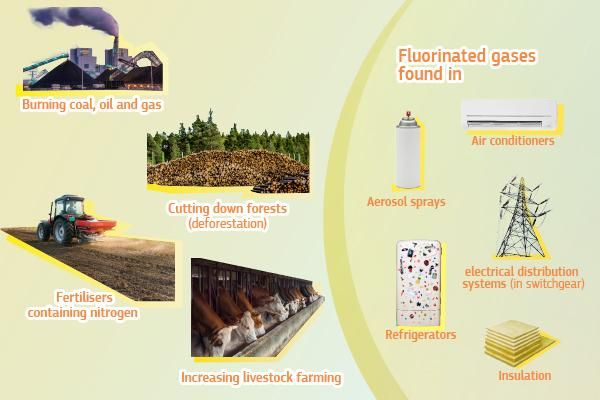
The enhanced greenhouse effect has driven up average global temperatures by around 1°C already since pre-industrial times. Scientists predict it could increase temperatures by 1.5 to 5°C by 2100 unless significant action is taken to reduce greenhouse gases. The enhanced greenhouse effect is concerning because such rapid global temperature rises in a geologically short timeframe will likely outpace many species’ ability to adapt, risking widespread biodiversity loss and ecosystem disruption.
Key Greenhouse Gases
Several gases in the atmosphere play an important role in the greenhouse effect and contributing to climate change. The main greenhouse gases are:
Water vapor – Water vapor is the most abundant and powerful greenhouse gas. It is responsible for between 36-70% of the greenhouse effect on Earth. The amount of water vapor in the atmosphere depends on temperature; warmer air can hold more water vapor.
Carbon dioxide – CO2 is the second most important greenhouse gas. It accounts for between 9-26% of the greenhouse effect. Concentrations of CO2 in the atmosphere have increased by over 40% since pre-industrial times, primarily due to human activities like burning fossil fuels.
Methane – CH4 is a very potent greenhouse gas, despite its relatively low concentration in the atmosphere. It accounts for approximately 5-17% of the greenhouse effect. Methane emissions have increased by over 150% since pre-industrial times. Sources include wetlands, agriculture, fossil fuels, and landfills.
Ozone – Ozone in the troposphere acts as a greenhouse gas. Together with other ozone gases it accounts for around 7-12% of the greenhouse effect.
CFCs – Chlorofluorocarbons and other halocarbons are potent greenhouse gases that were once widely used as refrigerants. Although their emissions have been phased out by international agreements, they still contribute around 7-12% of the greenhouse effect.
Human Activities Increasing Greenhouse Gases
Human activities over the past century have substantially increased the amounts of greenhouse gases in the atmosphere. The main contributors are:
Burning fossil fuels for energy – The burning of coal, oil, and natural gas for electricity, heat, and transportation releases carbon dioxide into the atmosphere. Fossil fuel combustion accounts for over 75% of the increase in atmospheric CO2 since pre-industrial times.
Agriculture and livestock farming – Agricultural practices and livestock produce significant methane and nitrous oxide emissions. Cattle belching from digestion releases methane while fertilizers and livestock manure create nitrous oxide.
Deforestation – Cutting down and burning forests to clear land releases the carbon stored in trees as carbon dioxide. Deforestation accounts for nearly 20% of greenhouse gas emissions globally.
Landfills – As organic waste like food scraps and paper decompose in landfills, methane is produced and released into the atmosphere. Landfills account for about 20% of global methane emissions.
Impacts of the Enhanced Greenhouse Effect
The enhanced greenhouse effect is already impacting the global climate in significant ways. Some of the major impacts include:
Rising global temperatures – As more heat is trapped by greenhouse gases, average global temperatures are increasing, with each decade since the 1970s being successively warmer than the previous. Higher temperatures are melting glaciers, sea ice and permafrost, and shifting climatic zones for plants and animals.
Melting glaciers and ice sheets – Glaciers and ice sheets in places like Greenland and Antarctica are melting at accelerating rates, adding more water to the oceans and causing sea levels to rise at increasing speeds.
Sea level rise – Rising global temperatures are causing seawater to expand and ice sheets to melt, leading to rising sea levels that threaten coastal cities and islands. Sea level rose about 8 inches in the past century.
Changes in rainfall patterns – The Earth’s hydrological cycle is being altered, affecting precipitation patterns and the frequency and intensity of droughts and floods in different regions.
Increased extreme weather – The enhanced greenhouse effect likely contributes to certain extreme weather events becoming more frequent or intense, such as heat waves, heavy downpours and powerful hurricanes.
Negative Feedback Loops
A major concern with the enhanced greenhouse effect is that it can trigger negative feedback loops that further accelerate climate change. One example of this is the melting of permafrost in the Arctic. Permafrost is a layer of frozen soil found in polar regions that contains large amounts of methane. As temperatures increase due to the enhanced greenhouse effect, permafrost begins to thaw and release methane into the atmosphere. Methane is a potent greenhouse gas, so this leads to even more warming.
Another negative feedback loop involves the melting of snow and ice. Bright white snow and ice reflects a significant amount of sunlight back into space. As warming causes more snow and ice to melt, less sunlight gets reflected and more gets absorbed by the darker land and ocean surfaces. This absorbed sunlight leads to further warming, resulting in more melting of snow and ice. This feedback loop causes the Arctic region to warm at a rate twice as fast as the rest of the planet.
Tipping Points
One of the most concerning aspects of climate change is the possibility of reaching tipping points where certain impacts become irreversible. This includes thresholds like complete melting of major ice sheets and glaciers, dieback of the Amazon rainforest, and release of methane from thawing permafrost.
Passing these tipping points could trigger feedback loops that reinforce additional warming. For example, loss of reflective ice leads to more absorption of heat, while methane release causes even more greenhouse gas buildup. There are worries we could be approaching or may have already crossed unseen tipping points that will play out over the next decades and centuries.
The prospect of irreversible impacts and feedback loops means it is crucial to limit warming as much as possible. Each fraction of a degree matters when it comes to staying away from potential thresholds that may dramatically alter the planet. While some consequences like sea level rise will unfold over long time periods, certain tipping points like ice sheet collapse could happen abruptly once a temperature threshold is crossed. Understanding where these climatic points of no return exist guides mitigation efforts and highlights the urgency of emissions reductions.
Mitigating the Enhanced Greenhouse Effect
There are several ways we can mitigate the impacts of the enhanced greenhouse effect and reduce the risks it poses to our planet:
Reducing greenhouse gas emissions is key. This involves transitioning from fossil fuels to renewable energy sources like solar, wind, and geothermal. It also requires improving energy efficiency across industries like transportation, manufacturing, and buildings. Setting stricter emissions regulations and pricing carbon can incentivize these reductions.
Reforestation and afforestation (planting new forests) help absorb CO2 from the atmosphere. Preserving existing forests and other carbon sinks like wetlands and seagrass is also important to maximize natural carbon sequestration.
Transitioning to renewable energy sources like solar, wind, and hydropower can drastically cut emissions from electricity generation. This involves phasing out coal and natural gas power plants and replacing them with renewable facilities.
Improving energy efficiency decreases overall energy demand. Simple upgrades like LED lighting, well-insulated buildings, and fuel-efficient vehicles greatly reduce emissions. Setting stricter efficiency standards for buildings and appliances accelerates these improvements.
Mitigating the enhanced greenhouse effect will take effort across all sectors of society. But taking these steps now will help preserve our climate and prevent the most dangerous impacts of climate change.
Conclusion
In summary, the normal greenhouse effect is a natural phenomenon that has occurred for millennia, where greenhouse gases like carbon dioxide, methane, and water vapor trap some of the sun’s heat in the atmosphere. This effect makes the Earth habitable by maintaining a comfortable global average temperature of around 15°C. Without the greenhouse effect, the Earth’s average temperature would be closer to -18°C.
The enhanced greenhouse effect refers to the additional trapping of heat caused by increased levels of greenhouse gases from human activities like burning fossil fuels, agriculture, and deforestation. Humanity has increased the atmospheric concentration of carbon dioxide by over 40% since the Industrial Revolution began in the 1800s. This extra heat is causing global temperatures to rise at an unprecedented rate, leading to climate change impacts like sea level rise, more extreme weather, and ecosystem shifts.
Addressing the enhanced greenhouse effect by transitioning to clean energy sources, enhancing carbon sinks through reforestation, and curbing emissions is critical to mitigate the worst impacts of climate change. Climate change poses risks to communities around the world through threats to food and water security, infrastructure, health, and livelihoods. Curbing greenhouse gas emissions can help humanity avoid crossing irreversible climate tipping points that would lock in severe climate impacts for generations to come. Tackling climate change is one of the most urgent challenges of the 21st century.

